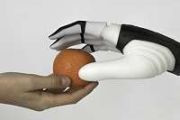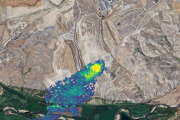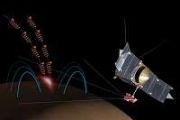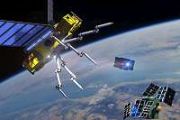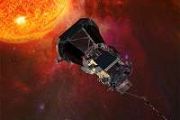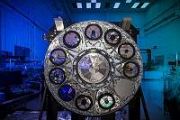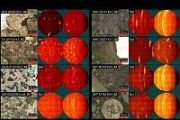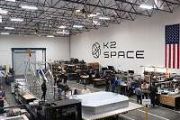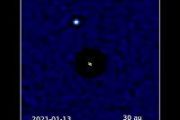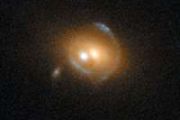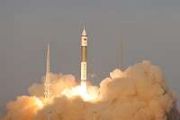
Copernical Team
Space Force activates Space Training and Readiness Command
 The Department of the Air Force activated the third and final field command of the U.S. Space Force, Space Training and Readiness Command, in a ceremony here Aug. 23.
Secretary of the Air Force Frank Kendall approved the final organizational structure for STARCOM's establishment on Aug. 13, and Chief of Space Operations Gen. John W. "Jay" Raymond wasted no time putting the new command's le
The Department of the Air Force activated the third and final field command of the U.S. Space Force, Space Training and Readiness Command, in a ceremony here Aug. 23.
Secretary of the Air Force Frank Kendall approved the final organizational structure for STARCOM's establishment on Aug. 13, and Chief of Space Operations Gen. John W. "Jay" Raymond wasted no time putting the new command's le China's rover travels over 1 km on Mars
 China's Mars rover Zhurong had traveled more than 1,000 meters on the surface of the red planet as of Monday, the Lunar Exploration and Space Program Center of the China National Space Administration (CNSA) said.
China's Tianwen-1 mission, consisting of an orbiter, lander, and rover, was launched on July 23, 2020.
The lander, carrying the rover with an expected lifespan of at least 9
China's Mars rover Zhurong had traveled more than 1,000 meters on the surface of the red planet as of Monday, the Lunar Exploration and Space Program Center of the China National Space Administration (CNSA) said.
China's Tianwen-1 mission, consisting of an orbiter, lander, and rover, was launched on July 23, 2020.
The lander, carrying the rover with an expected lifespan of at least 9 Russia postpones lunar mission over 'problems during testing'

Russia revealed Tuesday it postponed its first mission to the moon's surface in decades as a result of "problems" encountered during tests of the Luna-25 spacecraft.
The country's space agency Roscosmos announced last week that the mission—originally scheduled for October 1—from the Vostochny Cosmodrome in the Far East had been moved to May 2022.
The Luna-25 mission to the Moon's south pole aims to probe ice deposits there. It is set to be Russia's first mission to the moon's surface in 45 years and the first in its post-Soviet history.
The chief engineer of Russia's state NPO Lavochkin design bureau explained the delay Tuesday saying that "more time" was needed to complete successful trials.
"We have encountered certain problems during testing," Alexander Shirshakov told the Interfax news agency.
"A safe landing system is of crucial importance and we are working on Luna-25's soft landing system," Shirshakov said.
The race back to the moon is in full swing after China in December 2020 became the first country to return samples from the moon since the Soviet Luna-24 mission in 1976.
Astronaut: Spacewalk postponed due to pinched nerve in neck (Update)

NASA is delaying a spacewalk at the International Space Station this week because of an undisclosed medical issue involving one of its astronauts.
Solar Orbiter captures Venus glare
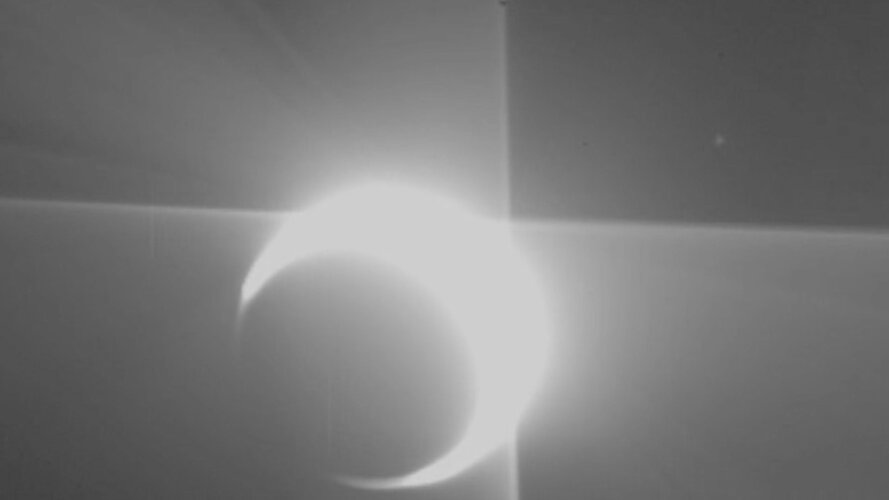 Video:
00:00:00
Video:
00:00:00
On 9 August 2021, the ESA/NASA Solar Orbiter spacecraft passed within 7995 km of the surface of planet Venus during a gravity assist flyby. The Solar Orbiter Heliospheric Imager, SoloHI, captured this gleaming view of the planet in the days leading up to the approach.
The images show Venus approaching from the left while the Sun is off camera to the upper right. The planet's nightside, the part hidden from the Sun, appears as a dark semicircle surrounded by a bright crescent of light – glare from Venus’ incredibly bright sunlit side.
Some bright stars are also visible in the
We count lights because the night counts
 In recent years, public awareness of light pollution and the health and environmental effects of artificial light has grown - as have Earth's light emissions according to satellite imagery. What satellite images don't show is what kind of light sources on the ground, and how many there are. To close this data gap, a team of citizen scientists and researchers from the Helmholtz Centre Potsdam - G
In recent years, public awareness of light pollution and the health and environmental effects of artificial light has grown - as have Earth's light emissions according to satellite imagery. What satellite images don't show is what kind of light sources on the ground, and how many there are. To close this data gap, a team of citizen scientists and researchers from the Helmholtz Centre Potsdam - G Virginia company licenses NASA relative navigation technology
 NASA and Virginia-based Psionic, LLC, signed a licensing agreement for the use of a NASA 3D light detection and ranging (lidar) technology called Kodiak originally developed for a cutting-edge mission to robotically refuel a satellite in orbit. The commercial license will allow Psionic to combine the technology's capabilities with existing lidar developments to enhance the overall design and inc
NASA and Virginia-based Psionic, LLC, signed a licensing agreement for the use of a NASA 3D light detection and ranging (lidar) technology called Kodiak originally developed for a cutting-edge mission to robotically refuel a satellite in orbit. The commercial license will allow Psionic to combine the technology's capabilities with existing lidar developments to enhance the overall design and inc Lockheed Martin develops high-performance, low cost hybrid antenna for 5G, radar and remote sensing
 Lockheed Martin has invented a new type of satellite dish technology with a wide range of use on satellites and ground terminals, including space-based 5G. The Wide Angle ESA Fed Reflector (WAEFR) antenna is a hybrid of a phased array Electronically Steerable Antenna (ESA) and a parabolic dish, and increases coverage area by 190% compared to traditional phased array antennas at a much lower cost
Lockheed Martin has invented a new type of satellite dish technology with a wide range of use on satellites and ground terminals, including space-based 5G. The Wide Angle ESA Fed Reflector (WAEFR) antenna is a hybrid of a phased array Electronically Steerable Antenna (ESA) and a parabolic dish, and increases coverage area by 190% compared to traditional phased array antennas at a much lower cost WVU engineers tackle limitations of data transfer during space exploration
 Engineers at West Virginia University are helping to solve one of the greatest limitations of space exploration-sending and receiving information between a spacecraft and the ground station- thanks to a $750,000 award from NASA's highly competitive Established Program to Stimulate Competitive Research program.
Once a spacecraft leaves Earth's orbit and travels further into deep space, tran
Engineers at West Virginia University are helping to solve one of the greatest limitations of space exploration-sending and receiving information between a spacecraft and the ground station- thanks to a $750,000 award from NASA's highly competitive Established Program to Stimulate Competitive Research program.
Once a spacecraft leaves Earth's orbit and travels further into deep space, tran OneWeb confirms another successful launch, accelerating business momentum
 OneWeb has confirmed the next successful launch of 34 satellites by Arianespace from the Baikonur Cosmodrome. The launch follows the successful completion of OneWeb's 'Five to 50' mission and highlights the momentum of the business as it prepares to both introduce commercial service and focus on scaling to global service.
This latest successful launch brings OneWeb's total in-orbit constel
OneWeb has confirmed the next successful launch of 34 satellites by Arianespace from the Baikonur Cosmodrome. The launch follows the successful completion of OneWeb's 'Five to 50' mission and highlights the momentum of the business as it prepares to both introduce commercial service and focus on scaling to global service.
This latest successful launch brings OneWeb's total in-orbit constel 








